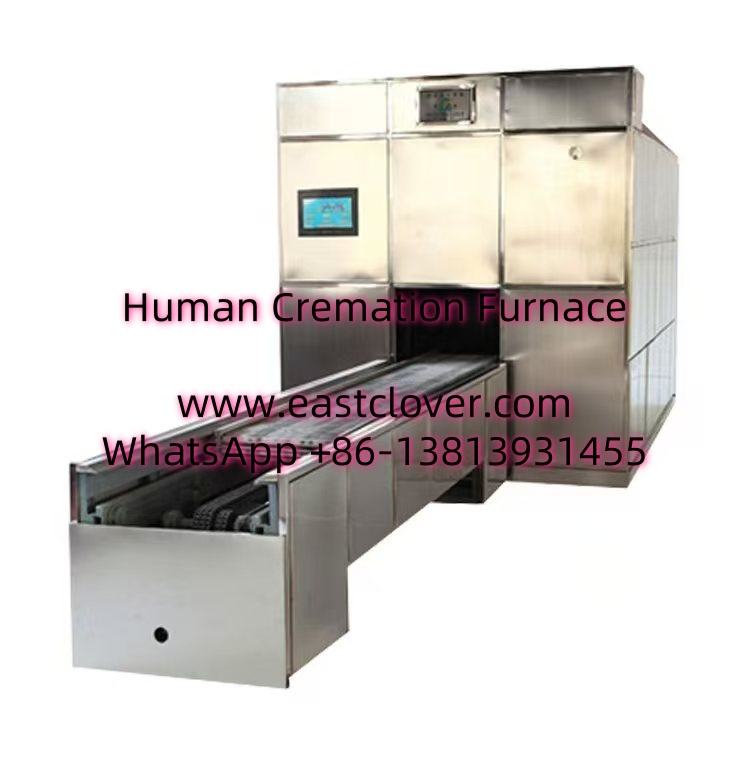The Role of Cremation in Metropolitan Areas
In densely populated urban centers, cremation has become a preferred choice for many families due to limited burial space, affordability, and shifting cultural attitudes. However, traditional cremation methods raise environmental concerns, including greenhouse gas emissions and energy consumption. Metropolitan funeral homes are increasingly seeking sustainable alternatives to align with urban sustainability goals and community expectations.
Traditional Cremation Furnaces: Environmental Impact
Conventional cremation furnaces rely on fossil fuels like natural gas or propane, operating at temperatures between 1,400°F and 1,800°F. Key environmental challenges include:
- Carbon Emissions: A single cremation releases approximately 400-600 lbs of CO₂.
- Mercury Pollution: Dental amalgams vaporize, releasing toxic mercury into the atmosphere.
- Particulate Matter: Incomplete combustion generates fine pnewss affecting air quality.
- Energy Intensity: High fuel consumption strains urban energy grids.
Eco-Friendly Cremation Technologies
1. Cleaner Energy Sources
Electric cremators powered by renewable energy significantly reduce carbon footprints. Biofuel-compatible systems using biodiesel or methane from waste offer transitional solutions.
2. Advanced Emission Controls
- Scrubbers and Filters: Capture particulates and acidic gases.
- Catalytic Converters: Break down CO and NOx into less harmful compounds.
- Mercury Abatement: Activated carbon filters trap 99% of mercury emissions.
3. Energy Efficiency Innovations
Regenerative thermal oxidizers recycle heat, cutting fuel use by 30-50%. Improved insulation materials like ceramic fiber reduce preheating time and energy waste.
4. Alternative Cremation Methods
Alkaline hydrolysis (water cremation) uses heated alkaline solutions to accelerate natural decomposition, consuming 90% less energy than flame-based systems. Though not yet universally legal, it’s gaining traction in regions like California and Colorado.
Case Studies: Urban Funeral Homes Leading the Change
Green Horizon Memorial (Seattle, WA): Installed electric cremators powered by municipal hydroelectricity, achieving net-zero emissions. Mercury filters ensure compliance with strict air quality standards.
EcoRest Funeral Services (Toronto, CA): Partners with biogas plants to fuel hybrid cremation systems, reducing reliance on natural gas by 70%.
www.southclover.com
As cities prioritize sustainability, funeral homes must adopt eco-friendly cremation technologies to mitigate environmental harm. Innovations in energy sources, emission controls, and alternative methods demonstrate that dignified end-of-life services can coexist with ecological responsibility. Widespread adoption will require regulatory support, public education, and industry collaboration.
FAQs
- How do eco-friendly cremation furnaces reduce emissions?
- They use electric/biofuel energy, advanced filters, and catalytic systems to minimize CO₂, mercury, and particulate output.
- Are sustainable cremation systems more expensive?
- Initial costs are higher, but long-term savings from energy efficiency and regulatory compliance often offset investments.
- What regulations govern urban cremation practices?
- Most cities enforce EPA Clean Air Act standards, with stricter local rules in regions like California and the EU.
- Is water cremation legally accepted?
- Alkaline hydrolysis is permitted in 20+ U.S. states and parts of Canada, though legalization efforts continue globally.
- Can eco-furnaces handle high demand in cities?
- Modern systems feature faster cycle times and automation, maintaining efficiency even during peak usage.

Comments are closed